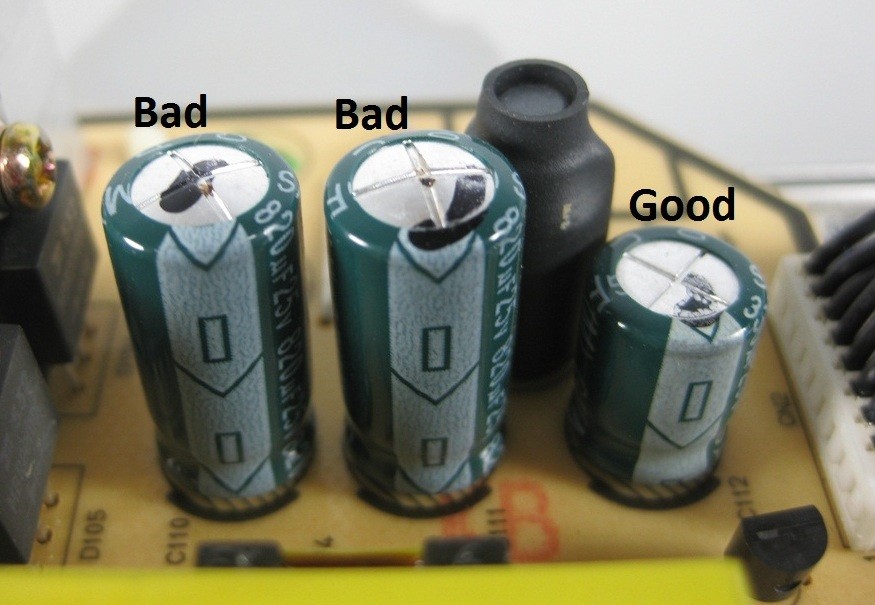To be fair, the 18W are peak to peak. The RMS rating should be closer to 10W, and is probably further limited by the small transformer, the small power bank and the distance/inductance from the power bank to the chip itself.
TBH, by just removing the leds and adding an external 12" cab, you already have a decent amp if you have a good set of pedals to complement and keep your expectations realistic.
For gigs I would probably consider it only if you are very budget constrained, and then I would mic it to avoid overheating the chip.
Unfortunately I cannot provide samples since my p10 is now just an empty chassis for experimenting with other circuits.
TBH, by just removing the leds and adding an external 12" cab, you already have a decent amp if you have a good set of pedals to complement and keep your expectations realistic.
For gigs I would probably consider it only if you are very budget constrained, and then I would mic it to avoid overheating the chip.
Unfortunately I cannot provide samples since my p10 is now just an empty chassis for experimenting with other circuits.

